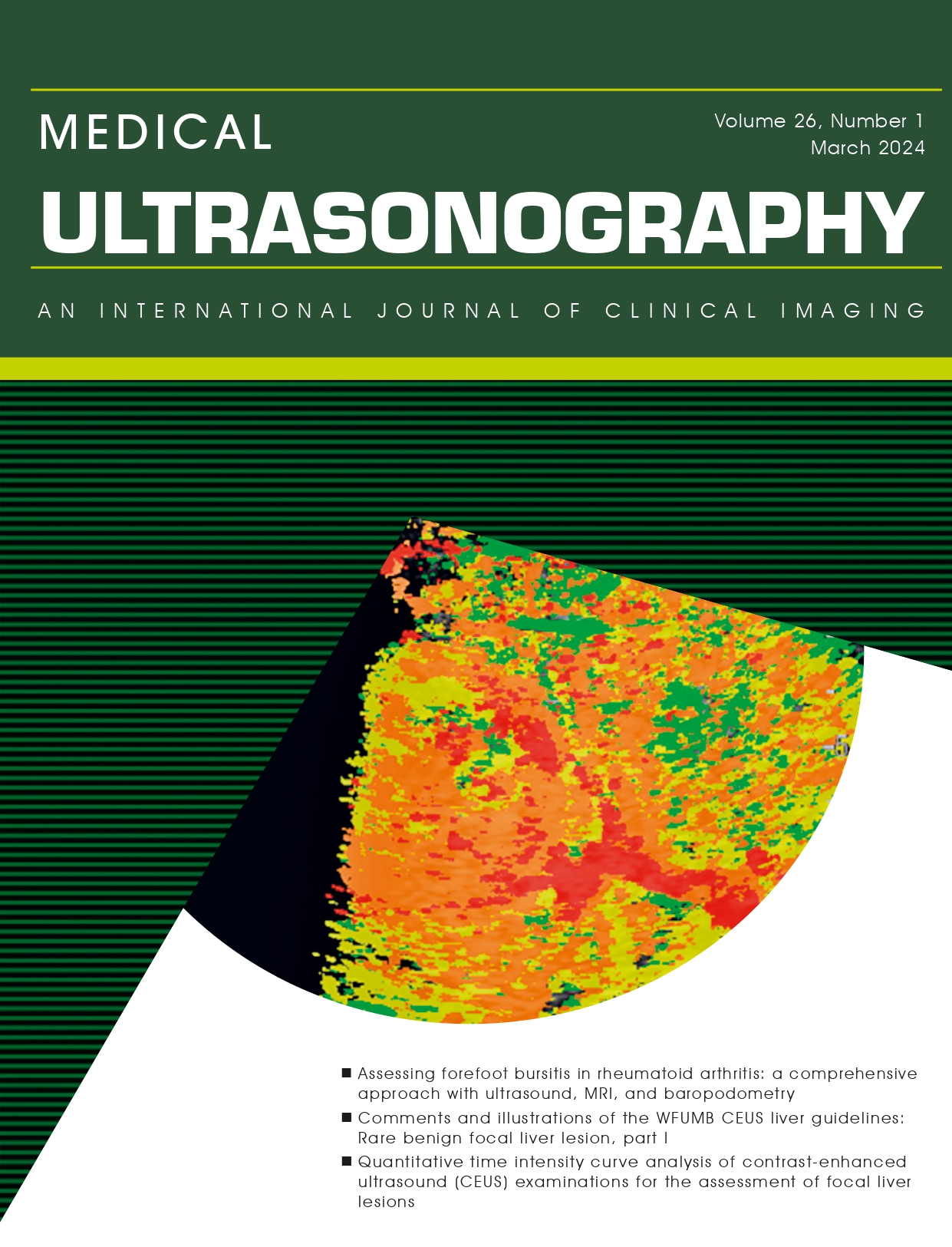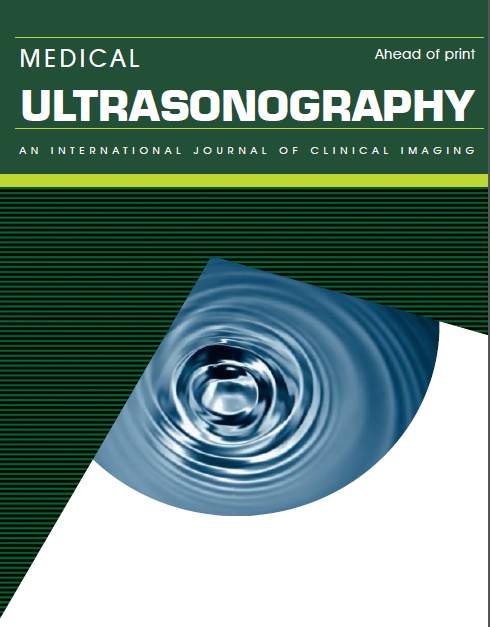Ultrasonography as an integrated tool in clinical decision-making in the Emergency Department
Abstract
Aim: The aim of this retrospective study was to identify the role of ultrasonography as a decision-making and screening tool in emergency patients with pathological changes. Material and method: The study was carried out for 28 months in the Emergency Department of the County Emergency University Hospital, Cluj-Napoca. An ultrasound examination was performed as part of the clinical algorithm within the first hour of treating non-critical patients after they had been triaged. The diagnostic decision based on the results of the ultrasound examination was compared with the final diagnosis on discharge from the Emergency Department. Results: In study were included 1565 patients with a mean age of 50.61±19.21 years. Ultrasound changes were detected in a statistically significant number of patients from all the examined subgroups (p≤0.002). The concordance between clinical and ultrasound findings was of 54.06%. Of all the examined patients, 20.63% were referred to surgery department based on the results of the ultrasound examination. Surgery was the final therapeutic decision in 5.06% of all the patients with normal ultrasound findings. Conclusions: Ultrasonography as an integrated tool in the clinical examination algorithm allowed the identification of non-critical patients who required emergency surgery (20.63%). The integration of point-of-care ultrasound into the clinical examination allows the management of emergency patients through the ranking of decisions: hospital admission for surgery and medical treatment, other diagnostic investigations, referral to outpatient care and family physician.
Keywords
DOI: http://dx.doi.org/10.11152/mu-866
Refbacks
- There are currently no refbacks.




